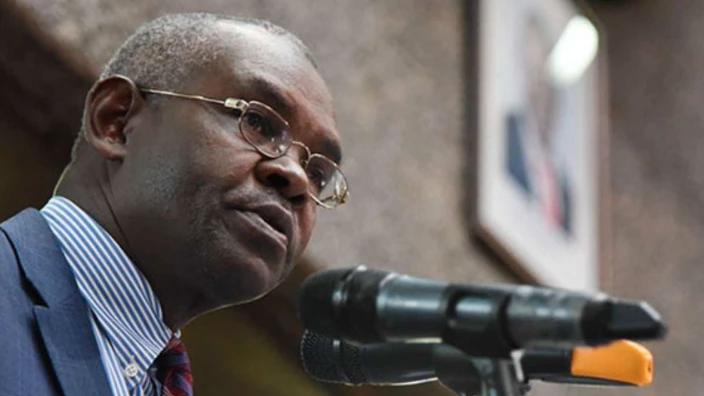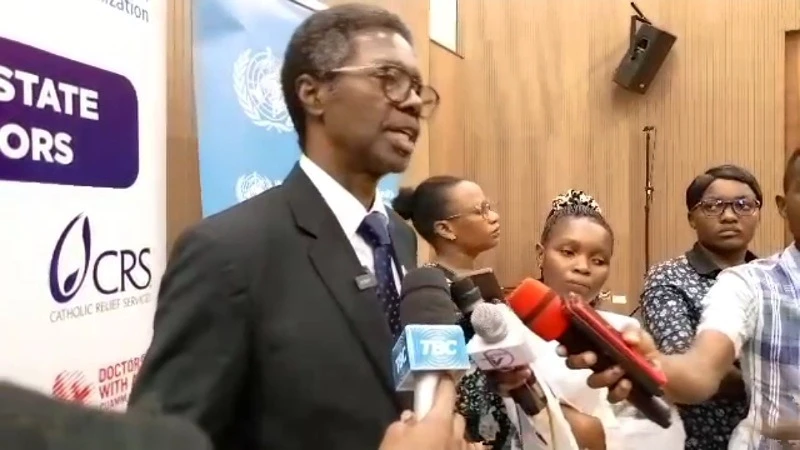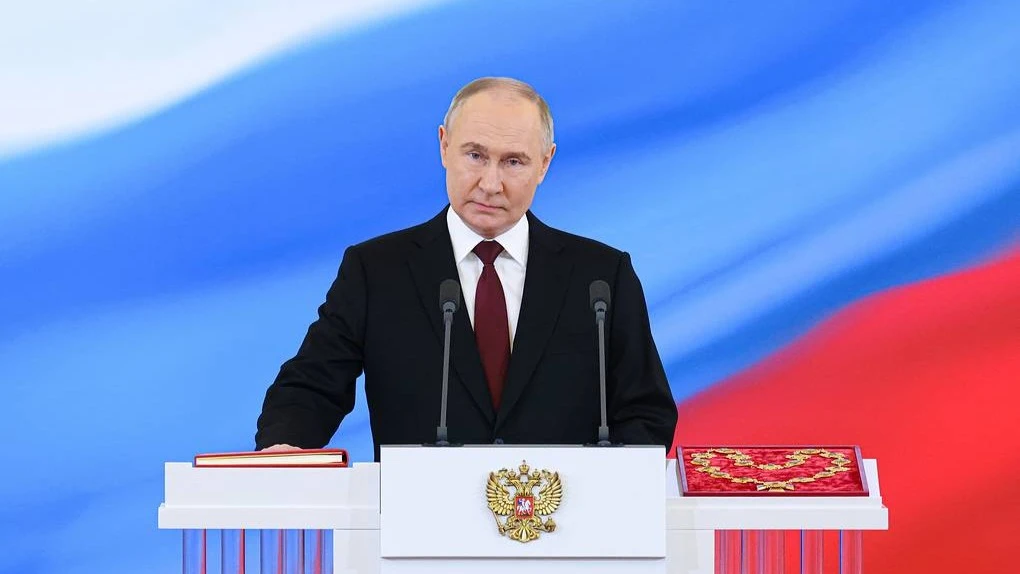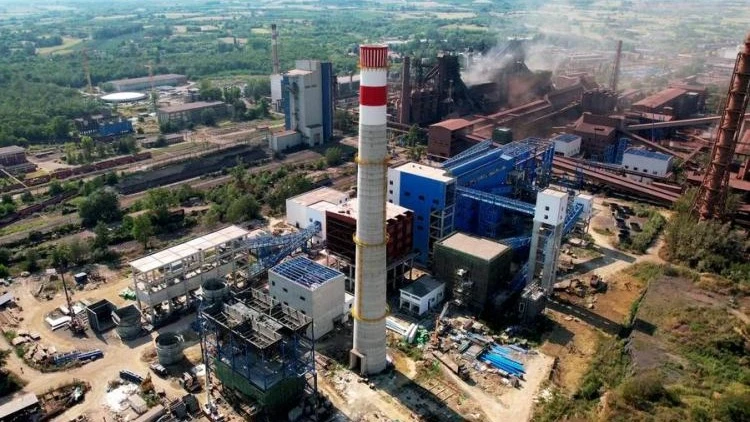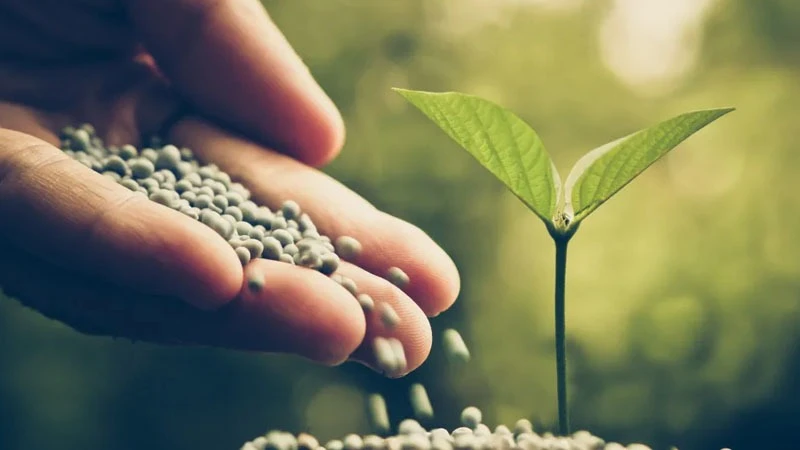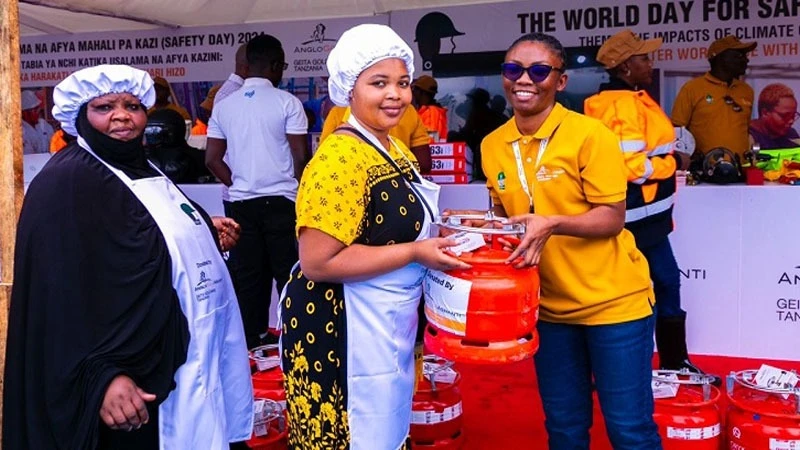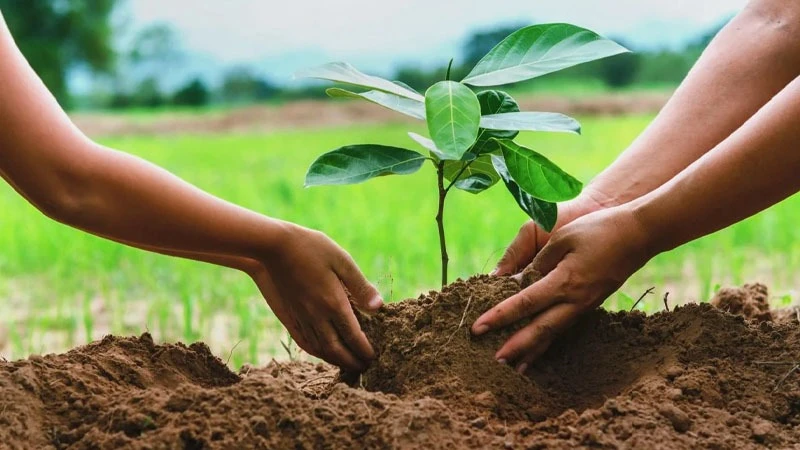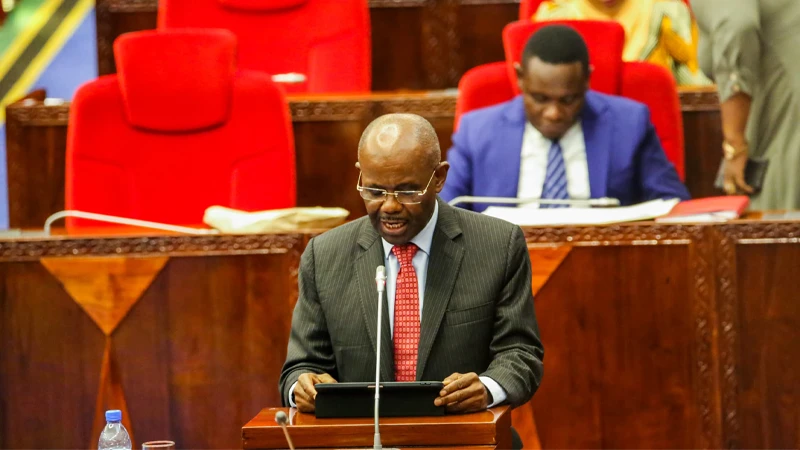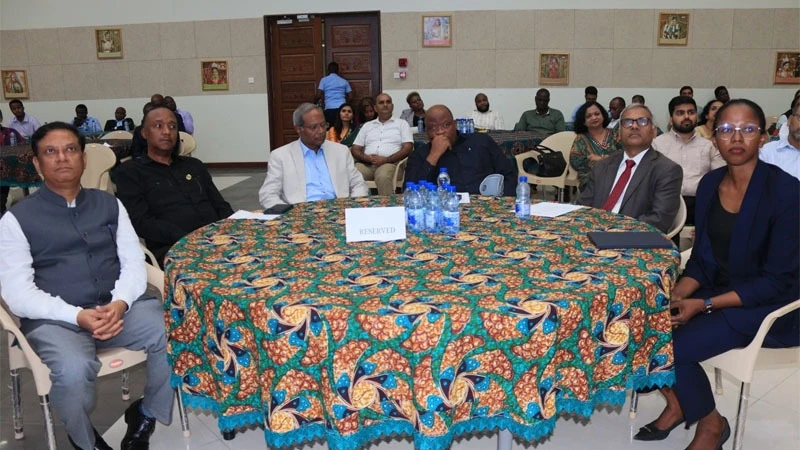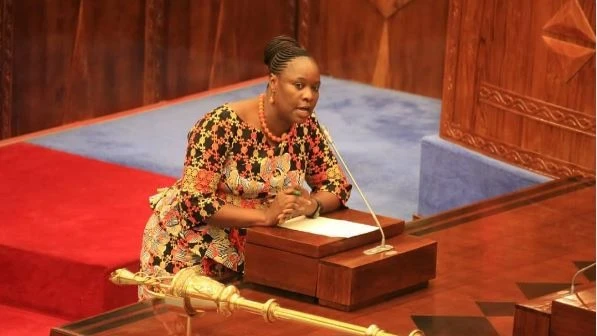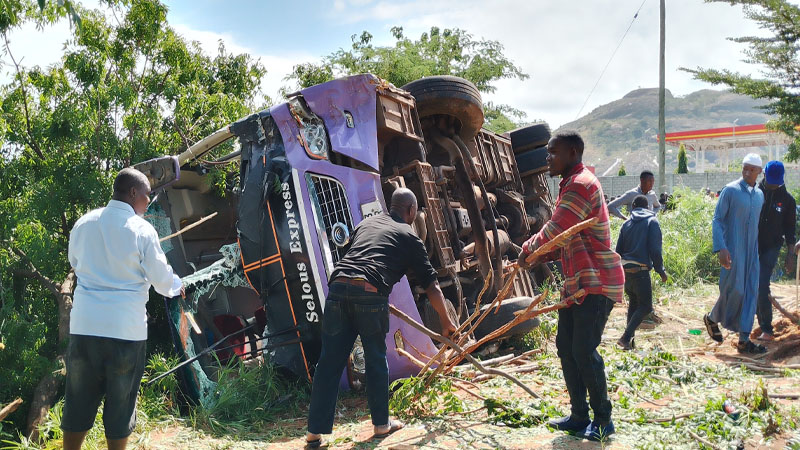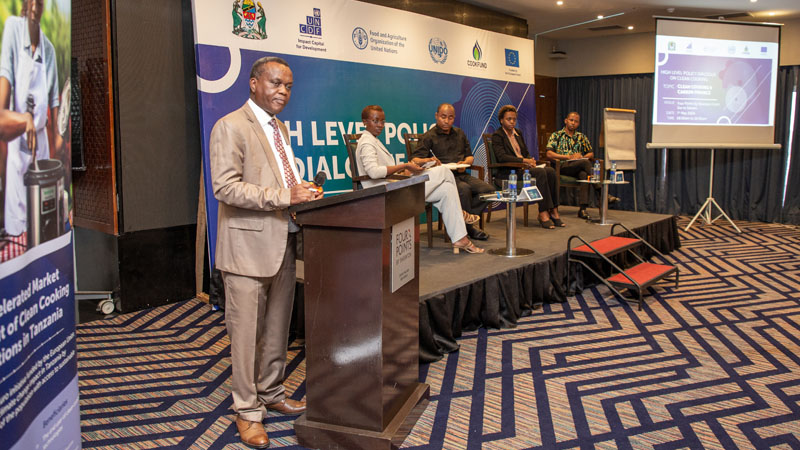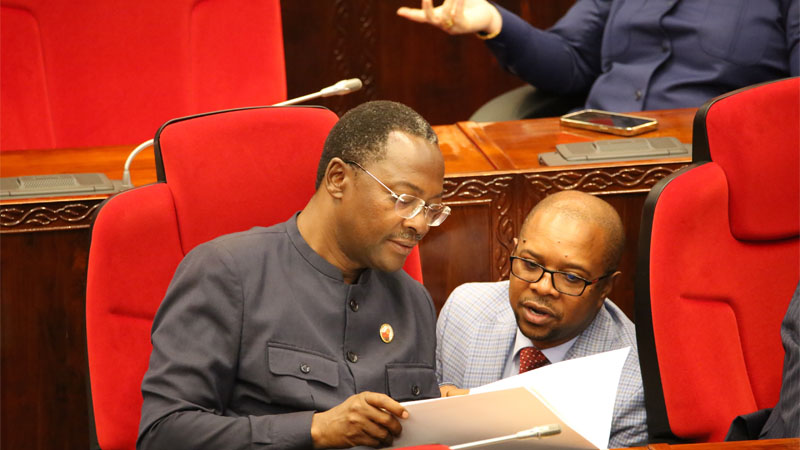IEEFA: Tidal wave of new LNG supply to flood market amid demand uncertainty
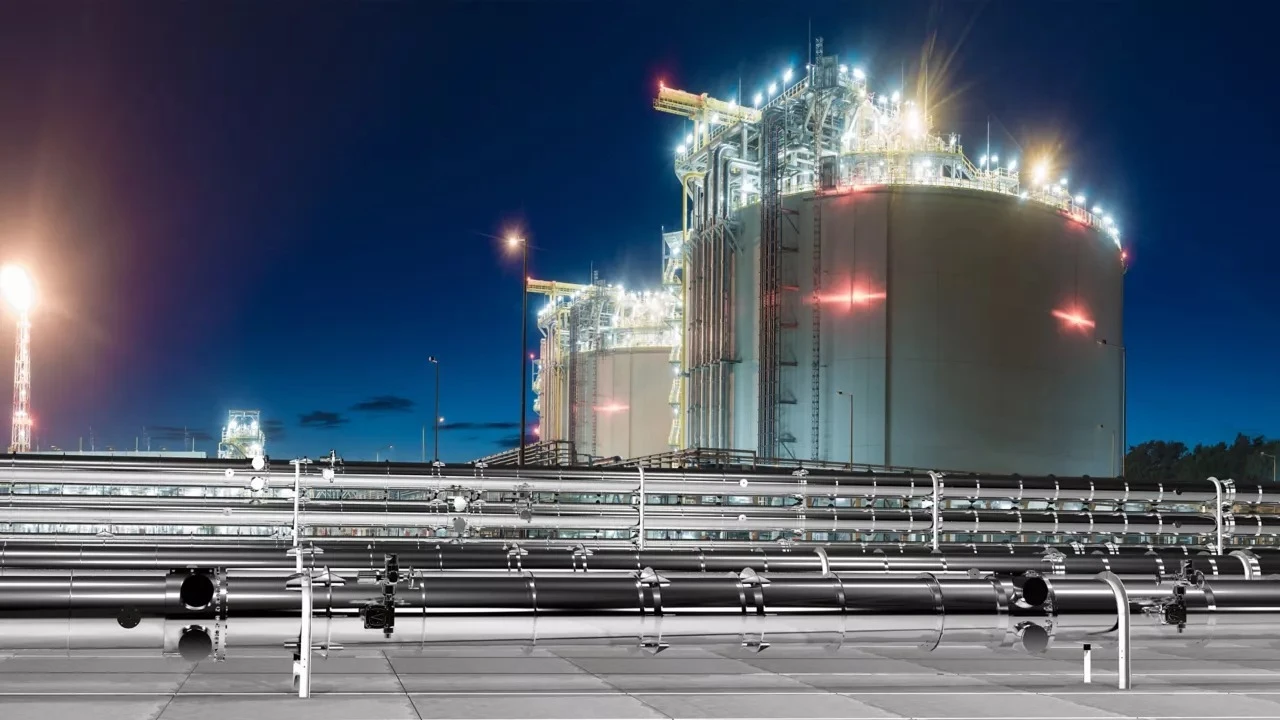
A statement issued yesterday by the Institute for Energy Economics and Financial Analysis (IEEFA), and shared to this journalist, indicates that major importing regions aim to reduce LNG demand through 2030.
These includes Japan, South Korea, and Europe, moreover, global LNG suppliers and traders will increasingly depend on growth in emerging markets to both compensate for falling imports elsewhere and absorb a flood of new supply.
However, such rapid LNG demand growth in emerging economies is not guaranteed, even in an oversupplied market.
Countries in South and Southeast Asia, for example, will face distinct barriers to rising demand, including fiscal and credit challenges, extensive infrastructure delays, and contracting issues, among other obstacles.
The global LNG crisis following Russia’s full-scale invasion of Ukraine in 2022 brought these issues to the fore, spurring many markets to reduce the role of LNG in their development plans and accelerate the development of alternative energy sources.
IEEFA expects Europe’s gas and LNG demand to fall through 2030. Europe’s natural gas demand has declined 20 percent since 2021, due to fuel switching, increased nuclear and renewables generation, and energy efficiency measures.
LNG imports to Japan and South Korea fell 8 percent and 5 percent, respectively, in 2023. National energy and climate plans envision steep reductions in the role for LNG in both countries, turning instead to nuclear and renewable energy. Taiwan, on the other hand, aims to cut nuclear power, which may boost LNG demand.
China reclaimed its position as the world’s largest LNG importer in 2023. However, domestic natural gas production and additional pipeline imports may limit LNG demand growth. Unprecedented increases in renewables capacity are constraining the need for LNG in the power sector.
In South Asia, fiscal challenges along with the inherent volatility of LNG prices may constrain rapid near-term demand growth, and the role of LNG in power generation is likely to remain low.
In Southeast Asia, extensive development timelines, contract negotiations, and repeated project delays for LNG-related infrastructure may continue to inhibit demand while strengthening political incentives to pursue alternative energy sources.
As the recent LNG crisis compromised demand growth, high prices also spurred a flood of new supply. Overall, IEEFA expects LNG liquefaction projects already under construction to add 193 million metric tons per annum (MTPA) through 2028 a 40 percent increase in just five years bringing the world’s total nameplate liquefaction capacity to 666.5 MTPA.
The largest share of supply additions will come from the U.S. and Qatar, likely pushing Australia to third place among global LNG suppliers. Meanwhile, substantial LNG capacity is under construction in Russia, Canada, and African nations.
In recent years, global LNG traders including, for example, Shell, TotalEnergies, and many others have contracted to buy the largest share of LNG volumes from new export facilities, with the aim of reselling cargoes to buyers around the world. But if rapid and sustained demand growth does not materialize, LNG suppliers and traders will likely face an extended period of low prices and slim profits.
"If rapid and sustained demand growth does not materialize, LNG suppliers and traders particularly those with higher costs and significant uncontracted supplies will likely face an extended period of low prices and slim profits," says Clark Williams-Derry, energy finance analyst.
Adding: “Africa produced 41 MT of LNG last year from projects in Algeria, Nigeria, Egypt, Angola, Equatorial Guinea, Mozambique, and Cameroon. But African LNG shipments have fallen 10 percent from their 2019 peak."
He further said: “As demand growth faces challenges and LNG markets head into an extended period of oversupply, new supply projects--particularly higher-cost facilities in Africa, Australia and Canada--could face more difficulties in attracting investors."
Africa’s two top exporters, Algeria and Nigeria, have struggled for years with faltering gas production. Although Algeria’s LNG output grew in 2023, growing domestic gas consumption and rising pipeline exports will likely squeeze the country’s LNG feedstock supplies.
Europe’s energy crisis spurred interest in African LNG to diversify the continent’s gas supplies. LNG developers are now targeting almost 14 MTPA of new African liquefaction capacity by 2028, but pervasive project delays have heightened the financial risks of the LNG buildout.
Public opposition, an unstable political climate, and resistance from lenders have slowed two major LNG export projects in Mozambique.
IEEFA examines issues related to energy markets, trends, and policies. The Institute’s mission is to accelerate the transition to a diverse, sustainable and profitable energy economy.
Top Headlines
© 2024 IPPMEDIA.COM. ALL RIGHTS RESERVED


